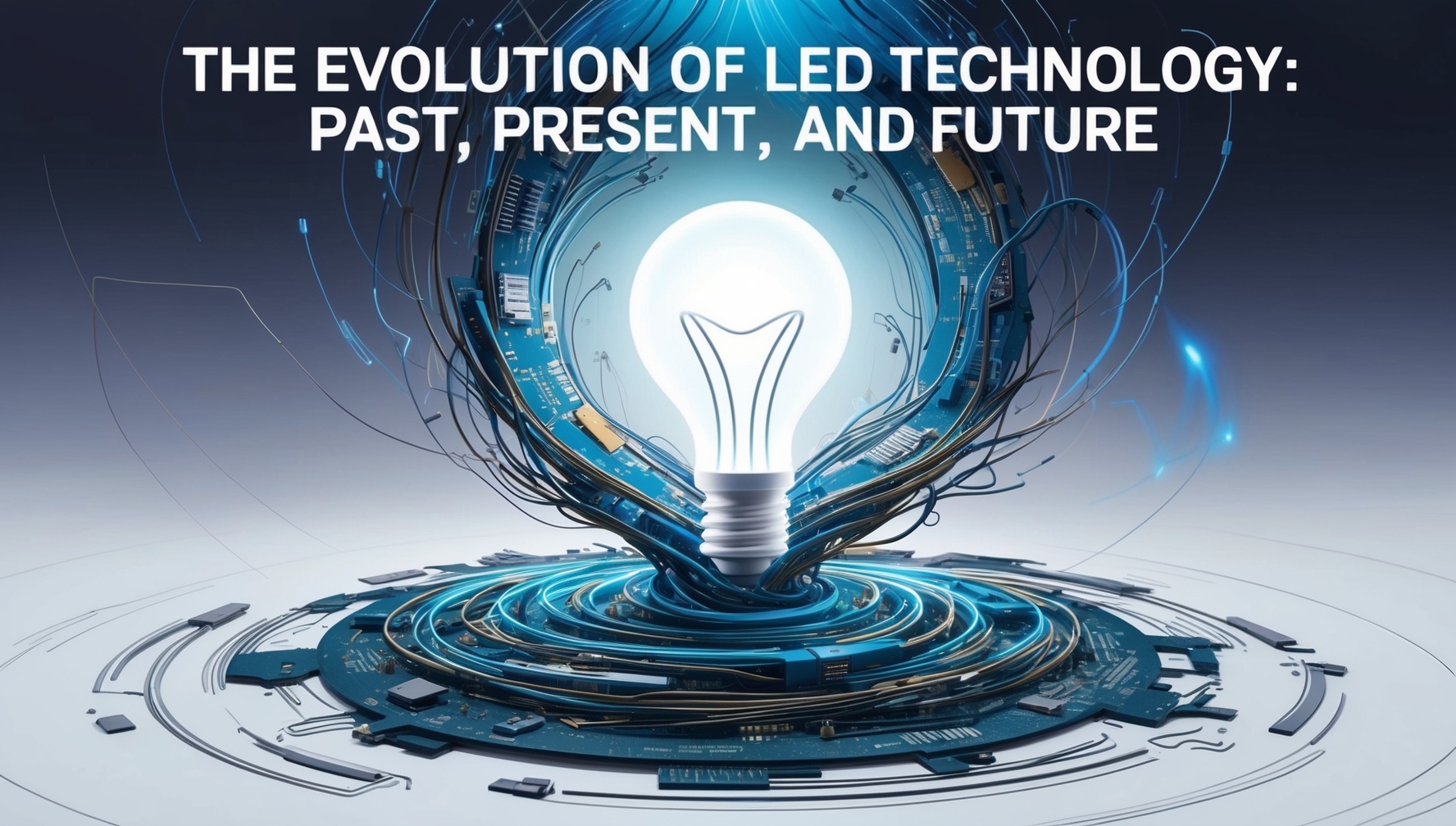Light Emitting Diode (LED) technology has undergone a remarkable transformation since its inception. What began as a simple indicator light has evolved into a versatile and energy-efficient lighting solution, now integral to various industries. This article explores the journey of LED technology, from its early developments to its current applications, and provides insights into its promising future.
The Origins of LED Technology
The story of LED technology began in 1907 when British scientist H.J. Round discovered electroluminescence, the principle behind LEDs, while experimenting with silicon carbide. However, it wasn’t until 1962 that the first practical LED was developed by Nick Holonyak Jr., a researcher at General Electric. This early LED emitted red light and was used primarily as an indicator in electronic devices.
In the following years, the development of LEDs focused on producing different colors, with the introduction of green and yellow LEDs in the 1970s. These early LEDs were limited in brightness and efficiency, restricting their use to low-power applications such as indicator lights and digital displays.
The Rise of LEDs in the 1990s
The 1990s marked a significant turning point in LED technology. The invention of blue LEDs by Shuji Nakamura, a Japanese scientist, revolutionized the industry. This breakthrough made it possible to create white light by combining blue LEDs with phosphors, paving the way for LEDs to be used in general lighting.
During this period, advancements in semiconductor materials and manufacturing processes led to significant improvements in LED efficiency and brightness. LEDs began to replace traditional incandescent and fluorescent bulbs in various applications, from traffic lights to televisions. The energy efficiency, long lifespan, and durability of LEDs made them an attractive option for both commercial and residential lighting.
Present-Day LED Technology
Today, LED technology is the dominant force in the lighting industry. Modern LEDs are far more efficient and versatile than their predecessors, thanks to significant advancements in understanding how LED lights work. This knowledge has enabled the creation of LEDs with a wide range of color temperatures, dimmable options, and smart lighting features. The adoption of LED lighting has expanded to numerous applications, including automotive lighting, street lighting, and even horticulture.
The rapid advancement of LED technology has also led to the development of Organic LEDs (OLEDs) and MicroLEDs. OLEDs are used in displays for smartphones, televisions, and wearable devices, offering high contrast ratios and flexibility. MicroLEDs, still in the early stages of commercialization, promise even greater efficiency and resolution, potentially revolutionizing the display industry.
The Future of LED Technology
The future of LED technology looks bright, with innovations in LED design and smart technologies driving the industry forward. These innovations are paving the way for LEDs to integrate seamlessly into connected home ecosystems and beyond. Smart LEDs can be controlled remotely, adjust brightness and color based on environmental conditions, and even interact with other devices in a connected home ecosystem.
Another exciting development is the use of LEDs in Li-Fi (Light Fidelity) technology, which transmits data through light waves. Li-Fi has the potential to provide faster and more secure wireless communication compared to traditional Wi-Fi.
In addition, advances in LED materials and manufacturing processes are expected to further increase efficiency and reduce costs. Researchers are exploring new materials, such as quantum dots and perovskites, to enhance LED performance and create new lighting solutions.
Conclusion
The evolution of LED technology from a simple indicator light to a cutting-edge lighting solution has been nothing short of extraordinary. With ongoing advancements and the potential for new applications, LEDs are poised to continue shaping the future of lighting and display technologies. As the demand for energy-efficient and versatile lighting solutions grows, the role of LEDs in our daily lives will only become more significant.
